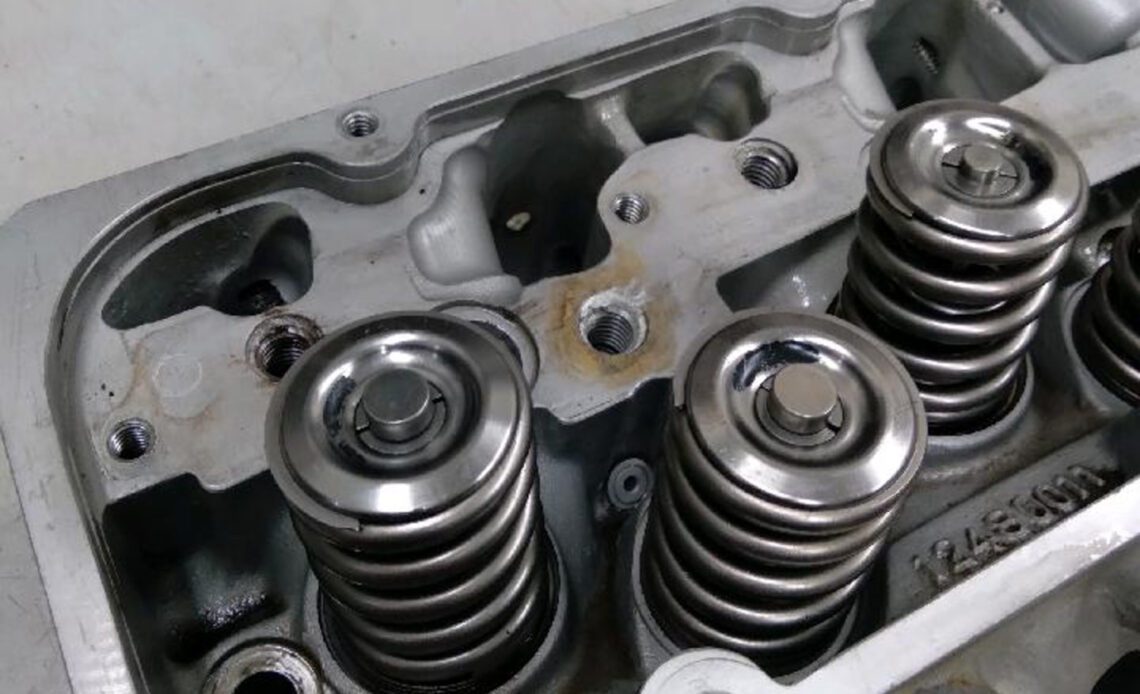Engine builders are mindful of proper valvetrain control when they’re assembling any engine. Each part of the valvetrain must complement each other to maximize performance and minimize any potential issues. The steel versus titanium valve spring retainer debate is part of the balancing act you must consider when building an engine’s valvetrain.
A valve spring retainer is tasked with ensuring the spring stays in place and supplies the correct amount of pressure on the valve spring. The valve spring retainer needs to be strong and durable since it’s exposed to different forces. This is where the choice between using a retainer that’s made of either steel or titanium becomes important.
Dave Sutton from Engine Pro explains why moving to an aftermarket retainer is so important when you start increasing an engine’s horsepower levels.
“Aftermarket retainers are a must if you are going to a dual or triple valve spring. The precision machine design will help locate even a single performance spring better than most stock or O.E.M. retainers. Their precise dimensions also help when setting up your vale spring heights. Many believe that the lighter the valve train, the quicker the engine can increase rpm, so that’s why aftermarket retainers are a good part to invest in.”
So, which retainer is the best for you? As with so many different things in the high-performance world, it depends on your application.
Titanium retainers are much lighter than steel and in the valvetrain world there really isn’t a penalty for reducing the overall amount of weight in the system. In fact, less weight increases efficiency and allows the engine to rev higher without losing control of the valvetrain. According to Sutton, most titanium retainers use the 10-degree lock configuration. This design does a better job spreading the spring load over the entire retainer, therefore, limiting the possibility of failure at higher rpm levels.
Steel retainers are typically 40 percent heavier than their titanium counterparts, but that doesn’t mean they should be avoided for all engine builds.
“For endurance and strength, I’d stay with a steel retainer. I definitely would prefer to see steel retainers on a street-driven engine. Plus, the price and the greater availability of sizes in steel, and the fact that a 7-degree lock setup is usually preferred on street engines makes steel retainers a better choice,” Sutton says.
Now, if you’re getting ready to build a new…
Click Here to Read the Full Original Article at DragzineDragzine…


